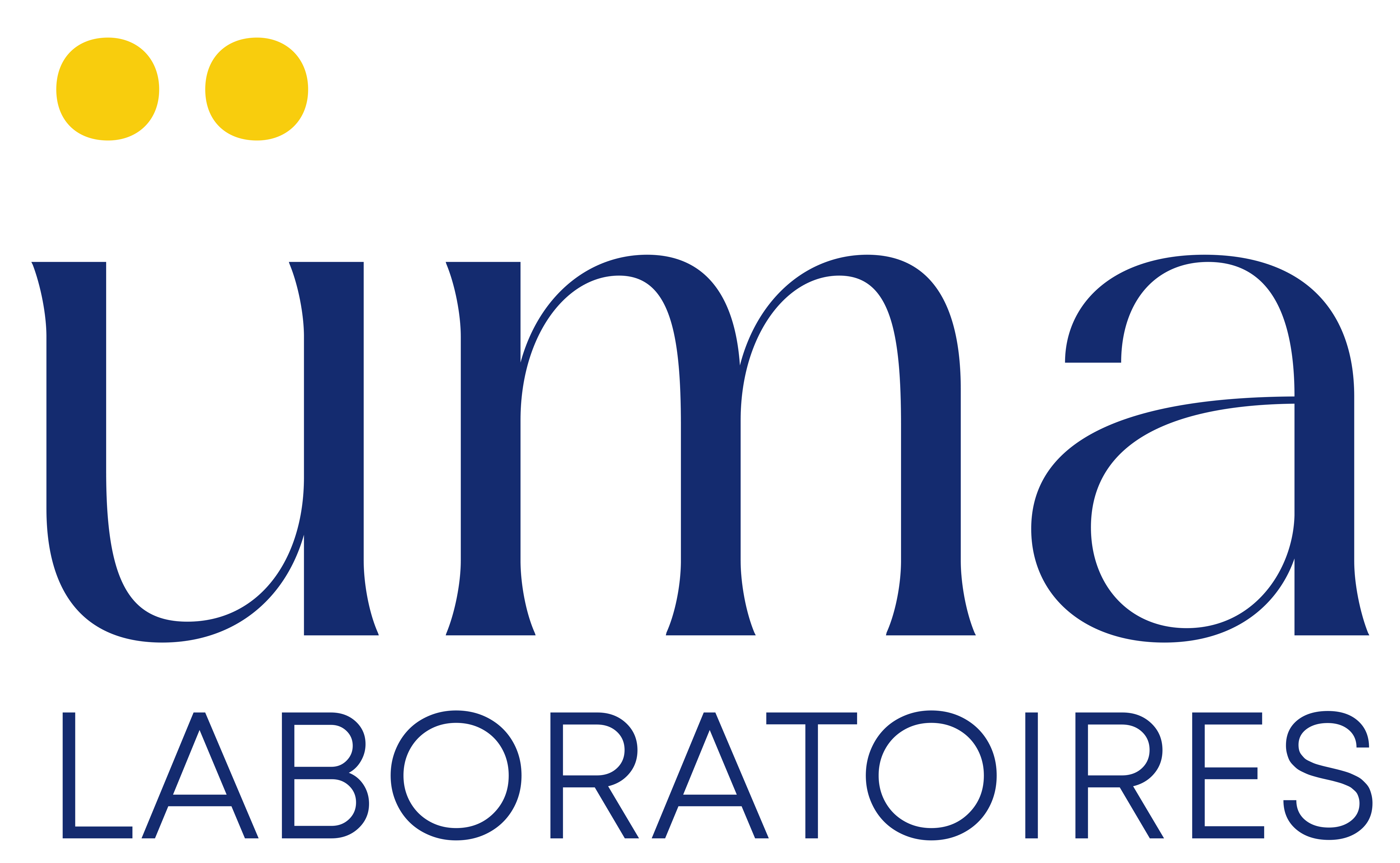Osteoporosis affects 10 million people in the United States, including 80% women, and causes 1.3 million fractures every year. After menopause, the drop in hormones like progesterone and estrogens weakens the bones, increasing the risk of fractures. Here are the key points about progesterone's role in bone health:
- Progesterone stimulates osteoblasts, which are responsible for building bone, and it can boost bone density by 15% over 3 years when used in a transdermal cream.
- Compared to estrogens, its action is complementary: while estrogens help reduce bone resorption, progesterone promotes regeneration.
- Combined progesterone and estrogen treatments are more effective in improving bone density and reducing fractures.
- Natural progesterone is generally easier on your body than synthetic progestins, which can sometimes cause side effects.
Comparison Table: Progesterone vs Estrogens
| Hormone | Main Action | Effect on bones |
|---|---|---|
| Progesterone | Bone formation | Stimulate your osteoblasts |
| Estrogens | Resorption Reduction | Regulates calcium, reduces loss |
Recommendations:
- Consume 1,000 mg of calcium and 800–1,000 IU of vitamin D each day.
- Consider hormone treatment before 60 to maximize its benefits.
- Prioritize a personalized approach under medical supervision.
Progesterone, working in synergy with estrogens, offers a promising solution to help prevent osteoporosis and keep your bones strong after menopause.
Osteoporosis, a post-menopausal bone disease
Fundamental Functions of Progesterone in Bone Health
After explaining the key role of progesterone in bone regulation, let's take a closer look at its main mechanisms. Research suggests a direct interaction through specific receptors in the bones, along with an indirect influence on glucocorticoid action. These mechanisms help us better understand the process of bone remodeling.
Bone Remodeling Process
Bone remodeling is a complex process in which progesterone plays a central role by stimulating the activity of osteoblasts—the cells responsible for bone formation. In the lab, exposing samples to physiological concentrations of progesterone (6.4 × 10⁻⁷–10⁻⁹ M) for 7 days resulted in a 70% boost in alkaline phosphatase (ALP) activity. After 21 days, this activity increased by a factor of 2.7.
However, supraphysiological concentrations (6.4 × 10⁻⁶ M) can have the opposite effect, reducing ALP activity by 50%. These observations highlight the importance of hormonal balance in maintaining optimal bone health.
Comparative Effects of Progesterone and Estrogens
The effects of progesterone and estrogens on bones are complementary yet distinct:
| Hormone | Main Action | Mechanism |
|---|---|---|
| Progesterone | Bone formation | Stimulation of osteoblasts and cell differentiation |
| Estrogens | Reduction of resorption | Calcium absorption and regulation via osteoprotegerin |
If this anti-glucocorticoid effect of progesterone also applies to the bones, then postmenopausal osteoporosis might, in part, be a condition linked to a deficiency in progesterone. - Feldman et al.
Bone resorption markers, such as deoxypyridinoline (D-Pyr), change throughout the hormonal cycle. They're higher during the follicular phase (when estrogens are dominant) than during the luteal phase (which is marked by a progesterone peak).
Furthermore, progesterone boosts the expression of the RUNX2 factor, which is essential for the differentiation of pre-osteoblasts. Combined with its ability to promote osteoblast maturation, this makes it a key player in maintaining bone mass.
Research Results and Scientific Evidence
Key Study Findings
Clinical studies show a remarkable connection between progesterone and bone health. For instance, women with ovulatory issues lose about 1% of their vertebral bone mineral density (BMD) each year. During perimenopause, this loss averages around -1.83 ± 4.49%, versus -1.22 ± 3.14% at the beginning of menopause.
The PEKNO study highlights a linear correlation (r = 0.7; p < 0.05) between the percentage of ovulatory cycles and the loss of BMD in women in pre- and perimenopause. This confirms the importance of ovulatory cycles in maintaining bone density.
| Processing | Effect on the DMO | Annual Variation |
|---|---|---|
| Estrogens only | Moderate increase | +1.3% |
| Estrogens + progestins | Greater increase | +1.7% |
| Without treatment | Significant loss | –2,0 % |
To make sure these results are solid, we've put rigorous methodologies in place.
Study Methodology and Protocols
The conclusions are based on strict scientific protocols. For example, a one-year randomized controlled study, conducted double-blind against a placebo, evaluated cyclic medroxyprogesterone acetate (MPA), with or without calcium supplementation. Women with hypothalamic cycle or ovulation disorders showed notable gains in spinal bone mineral density, ranging from +2% to +3% in the groups treated with cyclic MPA (F = 19.43; p = 0.0001).
The E3N prospective study, which followed 80,000 French women over eight years, revealed that micronized progesterone, unlike synthetic progestins, is better tolerated when combined with estrogens.
Moreover, a meta-analysis of randomized clinical trials has shown that combining equine conjugated estrogens with MPA leads to a significantly higher annual gain in BMD (+0.68%; 95% CI: 0.38–0.97%) (p = 0.00001) compared to using conjugated estrogens alone. These findings further support the idea that progesterone plays a key role in treatments aimed at preserving bone mass.
Natural vs. Synthetic Hormonal Options
Effects on Bone Density
Natural progesterone and synthetic progestins do not have the same impact on bone health. For example, Dr. John R. Lee's research shows an average increase of 15% in bone density among postmenopausal women using a transdermal progesterone cream for 3 years.
Treatments combining estrogens and synthetic progestins yield varied results. Here are the variations observed in bone mineral density (BMD) at the L2-L4 vertebrae after two years:
| Type of treatment | Variation of the DMO (L2-L4) |
|---|---|
| Estrogens (E2) only | +2 to +4 % |
| E2 + MPA (medroxyprogesterone acetate) | +2 to +4 % |
| Micronized Progesterone | Decline |
| NET (norethisterone) | Stable |
| Without treatment | -5% on average |
Safety Considerations
These findings also raise questions about the risks associated with each hormonal option. For instance, DMPA (depot medroxyprogesterone acetate), a synthetic progestin, comes with significant concerns. The FDA advises against its prolonged use beyond two years. Here are some notable differences between natural and synthetic options:
-
Micronized natural progesterone:
- Generally better tolerated
- Less impact on mood
-
Synthetic progestins:
- Greater risk of bone loss, especially among young women.
- Frequent side effects, like mood swings or abdominal cramps
- Variable effect on bone density depending on the molecule used
In Western countries, hip fractures cause more deaths among women than some cancers. This really highlights how important it is to make the right choice between natural hormonal options and synthetic ones to help prevent osteoporosis.
Results of Combined Hormonal Treatments
Combined Treatment Results
Research shows that the estrogen-progestogen combination (EPT) improves vertebral bone mineral density (BMD) by +0.68% per year compared to estrogen alone (95% confidence interval: 0.38 to 0.97%; P = 0.0001). This data highlights the benefits of combined treatments.
The PEPI study also highlighted this superiority, showing a notable increase in DMO in female patients on combined treatment compared to those on monotherapy.
| Type of Treatment | Impact on the Spinal DMO | Impact on the Femoral Neck |
|---|---|---|
| Simple hormonal treatment | +1.8% | +0,5 % |
| Combined hormone therapy | +2.6 % | +1,5 % |
Simple Treatment vs. Combined Treatment
These results confirm clear differences between simple and combined treatments. The combined treatments are part of an overall strategy aimed at preserving bone health through tailored hormonal management.
The WHI study data show that both estrogen alone (ET) and estrogen-progestin (EPT) are effective in preventing fractures. However, in women who have not had a hysterectomy, the combined treatment provides enhanced bone protection. A 1% increase in vertebral BMD is linked with an 8% decrease in non-vertebral fractures.
Furthermore, the daily combined progesterone-estrogen treatment has proven to be more effective than estrogen alone in managing postmenopausal osteoporosis. Transdermal forms (patches, gels, or sprays) come with a reduced risk of thrombosis compared to oral options, allowing for better customization based on individual risk profiles.
Treatment Recommendations and Guidelines
The current guidelines emphasize an individualized approach. Menopausal hormone therapy (MHT) can be particularly effective when started before the age of 60. These recommendations are based on the clinical evidence we've already discussed.
General Recommendations
The choice of treatment depends on several important factors:
| Postman | Influence on Treatment |
|---|---|
| Age | Ideal before 60 |
| Premature menopause | THM is recommended for individuals up to 50 years old. |
| Risk of fracture | Guide the intensity of the treatment |
| Medical history | A guide to choosing your treatment |
Comparison of Treatments
In addition to the selection criteria, the data show that THM is effective in reducing the risk of fractures. Here’s a comparison of the different therapeutic agents:
| Therapeutic Agent | Reduction of vertebral fractures | Reduction of non-vertebral fractures |
|---|---|---|
| THM | 35 % | 22 % |
| Bisphosphonates | 43 % | 16 % |
| Tibolone | 44 % | 27 % |
Practical Tips
- Consume 1,000 mg of calcium every day
- Regularly keep track of your bone mineral density
- Schedule your annual check-up with your doctor
Highlights
Research highlights micronized progesterone for its improved tolerability. Its use in the context of THM should be discussed with a healthcare professional, taking into account the specific risks for each patient.
For women experiencing early menopause, THM is highly recommended until about age 50. Regular monitoring of bone density is also essential.
Treatment Monitoring and Adjustments
It’s important to keep an eye on bone density, be on the lookout for any potential side effects, and adjust treatment based on your overall health.
If treatment needs to be stopped, a gradual reduction is preferable. If necessary, alternative therapeutic options may be considered to maintain the benefits already achieved in terms of bone protection.
Conclusion
When examining clinical data and hormonal mechanisms, the role of progesterone in bone health becomes clear. Research shows that progesterone, working in synergy with estradiol, helps maintain bone mass and prevent osteoporosis after menopause.
Meta-analyses suggest that combining progesterone with estradiol boosts bone mineral density even more than using estrogen alone. This really highlights the promise of a combined therapeutic approach.
Some aspects, however, require further investigation:
- The effects of a co-therapy combining progesterone with antiresorptive treatments.
- See how bone microarchitecture changes during treatment.
- The impact on reducing fractures.
"Progesterone deserves to be studied further as an innovative agent to achieve and maintain peak bone mass, for the prevention of bone loss before and during perimenopause, and, when combined with antiresorptive therapy, to boost BMD and potentially reduce fractures in postmenopausal women." - Jerilynn C Prior, University of British Columbia
These findings give even more support to the idea that progesterone, when combined with other treatments, can be a promising therapeutic option for managing osteoporosis. Its use requires a personalized approach tailored to the needs of each patient, and it should always be accompanied by diligent medical oversight.
These findings also advocate for the natural solutions offered by Laboratoires üma, providing an additional perspective in taking care of bone health.
About Laboratoires üma

Laboratoires üma is committed to supporting the bone health of women during perimenopause and menopause, offering hormone-free dietary supplements backed by rigorous clinical studies.
Their flagship product, Harmonie Daily, is available for 40,00 €. It combines essential micronutrients like calcium and zinc with extracts of algae, hops, alfalfa, and red clover. This formula is designed to help maintain strong bones during menopause. Studies conducted in 2021–2022 on over 1,000 women have shown impressive results:
- 94 % We observed an overall improvement in symptoms within 30 days,
- 86 % reported a reduction in anxiety,
- 79 % They noticed an improvement in sleep in just 60 days!
The Joint & Bone Pain Pack, available for €60.00, combines formulas that support bone density and promote improved mobility. It meets the nutritional needs recommended for women over 50: 1,200 mg of calcium and 800–1,000 IU of vitamin D per day.
All products are developed in France, validated by independent laboratories, and recommended by over 30,000 doctors and gynecologists. With more than 20 years of research in women's health, Laboratoires üma has established itself as a key player in supporting women in maintaining their bone health during menopause.






